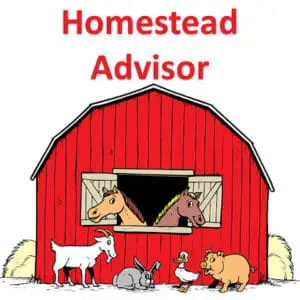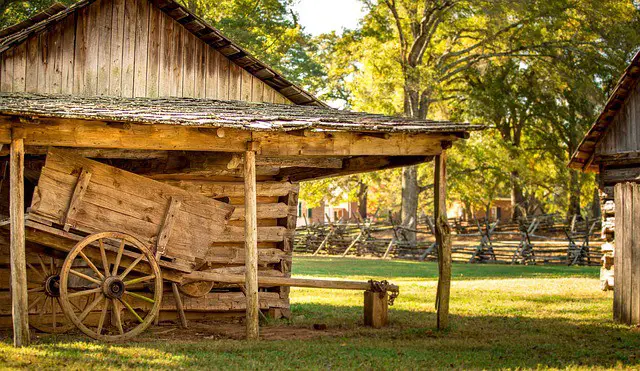
Homesteading is a mindset. It’s a lifestyle of self-sufficiency, frugality, prioritization, skill set development, and a positive attitude toward life and nature. If you possess the willingness to develop those things, you’re ready to start.
A homestead can be a small backyard or a large piece of property. Most homesteads will include a garden, fruit trees, and small livestock. The amount of acreage is secondary to the attitude of the homesteader and the characteristics of the land.
Starting a homestead is daunting, but very rewarding. I started mine around 40 years ago, and have had my share of failures. But I also have enjoyed many victories. Success often rises from failure, but sometimes it can come from a mentor’s willingness to share.
To some, the term “Homesteading” conjures up the picture of horses and wagons racing toward free, vacant properties staked out by the government. Running headlong toward a property might have made sense a few generations ago, but today’s Homesteader needs to approach this lifestyle with great care and forethought.
Plans, Priorities, and Property
So many factors go into the decision of choosing a property to Homestead. First, what is the “Homestead of your dreams”? Do those plans include livestock? Would you like to raise the majority of your own food? Are you willing to put in the time and physical effort it will take for the projects you have in mind? If so, you are well on your way to realizing your vision.
First of all, a good mindset is the most important thing for living this type of lifestyle. No matter your age or physical condition, having the determination to succeed will go a long way toward your success.
Obviously, the land is the first place to start. This is the physical property that you will be working with. So what should you look for in a property? Most Realtors will say it’s all about location, location, location. I say it’s all about water, water, water. Underground water is the new “oil” and disputes are already beginning to revolve around people’s “rights” to water and water flow.
Does the property you are looking at have a creek, or a pond, or water well? Many desirable properties are so remote that they won’t have access to a community water system. So, unless you are willing to catch rainwater and risk having that be your main source of water, you have to figure in drilling a well.
If there is community water available I recommend that you tap into it. It may not be cheap. Sometimes it can cost several hundred dollars or maybe even a couple of thousand dollars to get on a community water system, but that will be the cheapest way for you to have access to the water you need.
Why? Because water wells are very expensive to drill. The price will vary from state to state. There are regulations you will have to adhere to, but underground water can be found almost anywhere. Typically, a well might cost $10,000 to $20,000 to drill and set up. It just depends on how deep they have to go to hit available water, and the geology under the surface of the land. Rock is a lot harder to drill through than sand.
Again, a community water source will be much cheaper in the beginning. Much cheaper than drilling a well. But in the long run, a water well is cheaper to operate. Using electricity to produce water is much cheaper than buying water from a utility.
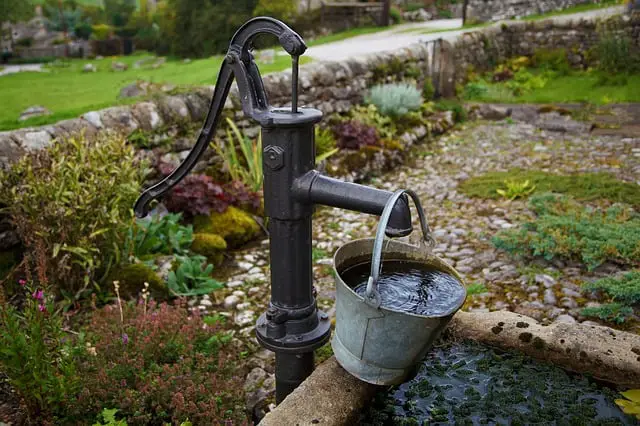
So water should be one of your first considerations. You will need it for your own family, as well as any livestock that you might bring on the property.
If you live in an area that gets a lot of rainfall, you might use a rain catchment system to supply water for your animals, your vegetable garden, and fruit and nut trees. That could significantly decrease the “water bill” from the community water system.
You will have to decide if you want a property that is wooded or cleared. A property that has a lot of hardwoods on it is great if you are planning on providing your own heat source, like a wood stove. But, livestock won’t eat trees.
So if you want to raise livestock on your homestead, you will need some part of that land dedicated to pasture. Depending on the animals you would like to raise, it may not have to be a lot of land. But as I said before, typically animals eat grass and not trees.
Also, the type of soil structure you have is very important. if your land is hard red clay (like mine is) you will struggle in your gardening efforts. Clay soil can grow an amazing garden, but you will have to add a lot of amendments to the soil to make that happen.
After years of fighting with my hard red clay soil, I began to use a method of gardening called Back to Eden. That method absolutely transformed my garden soil. I write about that transformation in this article. My point being, if your soil is not that great, it can be changed for the better.
In many areas of the country rocks, or even a layer of rock lying under the surface of the soil, can really be a problem. I have limited experience with rocks in my soil. Yes, I have some, but they are typically small iron ore rocks and are spaced out enough that they haven’t presented much of a problem to me.
Structures
Obviously, if you are planning to live on-site, you will need a house. You might decide that it will be a starter house until you can build the one you really want, but either way, you will need a structure finished out enough to call “home”.
I found a guy that has a collection of over 16,000 Woodworking Plans. It consists of everything from outdoor structures like arbors and outbuildings, to cabinets desks and other furniture for both indoors and out. Take a look at this collection of plans here. It’s one of the most amazing packets of material I’ve seen in a long time.
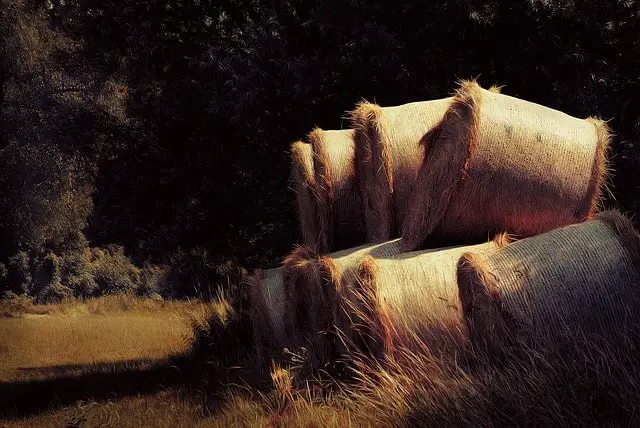
Does your land have a good building site? What is the drainage like at the home site? How easy will it be to get water there, and to have a septic system put in? Is the land very rocky? If so, digging foundations, water lines, and septic systems just became a lot harder, and more expensive.
As far as drainage, I would advise checking with some of the neighbors. Have they ever seen standing water where you want to build? When the creek rises, or when there is a massive amount of rainfall, how does it affect your property? The neighbors should know the answers to those important questions.
Livestock
Every homesteader has visions of livestock roaming across their property, and I must admit, it’s indeed a pretty sight to see. But, animals need care. Some need much more than others, and you need to know that going in.
Cows require very little help during the winter to live in the southern climate but will require some sort of shelter to survive in the extremely cold climates.
If you want to raise small livestock, you’re definitely going to need some sort of structure for them.
Small livestock includes rabbits, sheep, goats, chickens, ducks, quail, pigs, and others. I’ve raised chickens for many, many years and have found them to be pretty care-free. Rabbits, on the other hand, are a little more labor-intensive. Let me explain.
A chicken feeder and waterer can be filled with enough food and water to supply my birds for several days or even a week or so. That allows me to take short trips without worrying about their needs. Rabbits will need a little more hands-on approach.
There may be rabbit feeders available that are large enough for several days, but mine were always pretty small. I’m sure someone has developed a more “automatic” approach for raising rabbits since I had them, so seek that information out. Water for rabbits can come through a pipe and little feeder nipples. As long as there is water pressure, they should have a good source of water.
Sheep and goats are a step up for the homesteader, but should definitely be considered. I haven’t had the pleasure of raising goats yet, but I have had sheep. I really enjoyed raising sheep.
Sheep are pretty carefree, fun to watch and raise, can become family pets, and only need attention a couple of times per year, depending on the breed of sheep you choose. Their main enemies are predators. I solved the predator problem on my place and wrote about it extensively in this article.
I raised Katahdin sheep. They are a “hair” sheep, meaning they do not grow wool that has to be sheared. Katahdins (and other hair sheep) will grow a thick winter coat but will shed it during the spring before the summer gets too hot. There are very few people shearing sheep now, so unless you are willing to shear them yourself, I strongly suggest choosing a hair sheep breed.
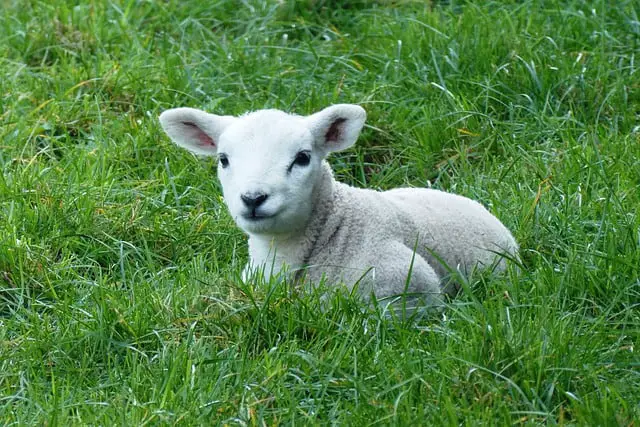
Hair sheep have a lot less parasite and health issues. You can find a lot of information about the different breeds of hair sheep by doing an internet search, and can probably find someone near you selling whatever breed you choose.
Develop Your Skill Set
The best thing you can do for your homestead is to develop skills. Learning light carpentry, welding, canning, sewing, gardening, food storage, animal husbandry, metal fabrication, and butchery are just a few of the many skills that will definitely come in handy on the homestead. Even though a person might become unable to do much physically, they usually retain at least the knowledge of their skill set and can pass it on to others.
So, seek a mentor. There is probably an “Old Timer” (like me) near you. Pick their brain! Most of the mistakes I’ve made could have been avoided by seeking out someone that had the knowledge I needed at the time.
Experienced homesteaders love like-minded people and are typically very willing to help by sharing their wisdom. And, their wisdom is invaluable!
With that in mind, I have around 800 videos dealing with all aspects of Homesteading, Gardening, Livestock, and Emergency Preparedness. You can find my Channel HERE
